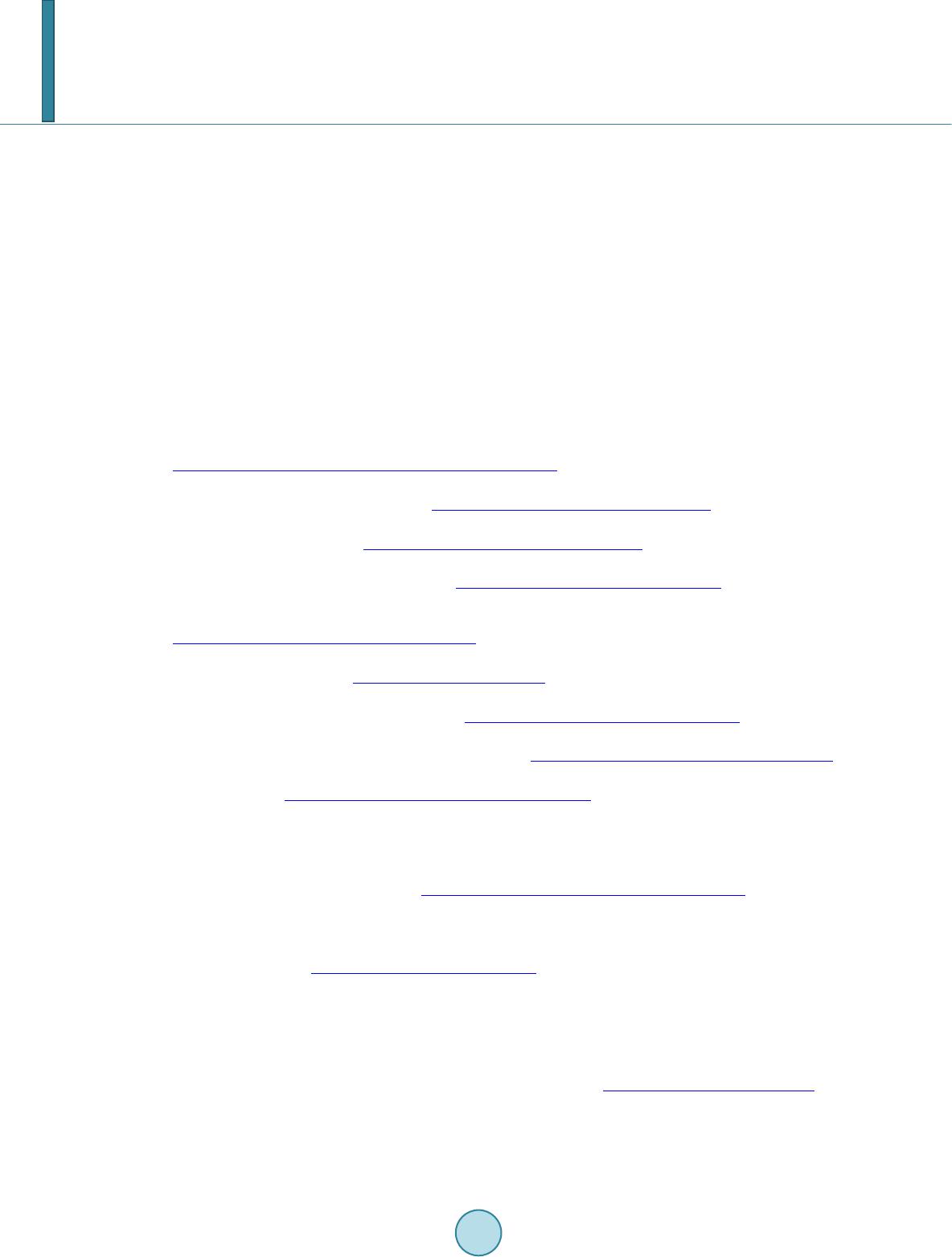
R. Nasser
should avail a richer application. The feedback to the homework will include solutions to previous homework
and most common mistakes. We would also see a need for the development of the applications in these devices.
Further note, this study was carried out in Qatar, results of students on mathematics and science, international
assessments outcomes have been reported to be as one of the lowest in the world and is based on the Program
for International Student Assessment (PISA) [21]. This raises questions about the Qatari reform, the quality of
education in Qatari schools and the role of mobile devices and mobile learning to improve the educational
processes. Further, we see the need for the development of Apps by presenting a logical unit in form of applica-
tions and homework exercises with feedback and solutions.
Acknowledgements
This publication was made possible by UREP grant # UREP 13-097-5-025 from the Qatar national research
fund (a member of Qatar foundation). The statements made herein are solely the responsibility of the author(s).
References
[1] Cooper, H. (1994) Homework research and policy: A review of the literature. Research/Practice, 2.
http://carei.coled.umn.edu/ResearchPractice/v2n2/homework.html
[2] Salend, S.J. and Gajria, M. (1995) Increasing the homework completion rates of students with mild disabilities. Re-
medial and Special Education, 16, 271-279. http://dx.doi.org/10.1177/074193259501600503
[3] Bryan, T. and Burstein, K. (2004) Teacher-selected strategies for improving homework completion. Remedial and
Special Education, 19, 263-275. http://dx.doi.org/10.1177/074193259801900502
[4] Staff, J., Schulenberg, J. and Bachman, J. (2010) Adolescent work intensity, school performance, and academic en-
gagement. Sociology of Education, 83, 183-200. http://dx.doi.org/10.1177/0038040710374585
[5] Brown, S.L., Nobiling, D.B., Teufel, J. and Birch, D.A. (2011) Are kids too busy? Early adolescents’ perceptions of
discretionary activities, overscheduling, and stress. Journal of School Health, 81, 574-580.
http://dx.doi.org/10.1111/j.1746-1561.2011.00629.x
[6] Xu, J. and Corno, L. (2003) Family help and homework management reported by middle school students. Elementary
School Journal, 103, 503-518. http://dx.doi.org/10.1086/499737
[7] Bryan, T., Burstein, K. and Bryan, J. (2001) Students with learning disabilities: Homework problems and promising
practices. Educational Psychologist, 36, 167-180. http://dx.doi.org/10.1207/S15326985EP3603_3
[8] Wӧßmann, L. (2005) Educational production in East Asia: The impact of family background and schooling policies on
student performance. German Economic Review, 6, 331-353. http://dx.doi.org/10.1111/j.1468-0475.2005.00136.x
[9] Holzinger, A., Nischelwitzer, A. and Meisenberger, M. (2005) Lifelong-learning support by m-learning: Example sce-
narios. eLearn, 11. http://elearnmag.acm.org/featured.cfm?aid=1125284
[10] Kukulska-Hulme, A. (2007) Mobile usability in educational contexts: What have we learnt. International Review of
Research in Open and Distance Learning, 8, 2.
[11] Ching, D., Shuler, C., Lewis, A. and Levine, M.H. (2009) Harnessing the potential of mobile technologies for children
and learning. In: Druin, A., Ed., Mobile technology for children: Designing for interaction and learning, Morgan
Kaufmann Publishers, Amsterdam, 23-42. http://dx.doi.org/10.1016/B978-0-12-374900-0.00002-8
[12] Redd, J. (2011) Supporting vocabulary growth of high school students: An analysis of the potential of a mobile learn-
ing device and gaming app. Unpublished Doctoral Dissertation, Iowa State University, Iowa, US.
[13] Jonassen, D.H., Carr, C. and Yueh, H.P. (1998) Computers as mind tools for engaging learners in critical thinking.
TechTrends, 43, 24-32. http://dx.doi.org/10.1007/BF02818172
[14] Ling, R. & Yttri, B. (2001) Nobody sits at home and waits for the telephone to ring: Micro and hyper-coordination
through the use of the mobile telephone, Perpetual Contact. Edited by Katz , J. and Aakhus, M. Cambridge University
Press, Cambridge.
[15] Bandura, A. (1986) Social foundations of thought and action: A social cognitive theory. Prentice-Hall, Englewood
Cliffs.
[16] Thorndike, E.L. (1905) Elements of psychology. A. G. Seiler, New York. http://dx.doi.org/10.1037/10881-000
[17] Ary, D., Jacobs, L. and Razavieh, A. (2002) Introduction to Research. 6th Edition, Wadsworth, Belmont.
[18] Csete, J., Wong, Y.H. and Vogel, D. (2004) Mobile devices in and out of the classroom. In: Cant oni , L. and McLough-
lin, C., Eds., Proceedings of World Conference on Educational Multimedia, Hypermedia and Telecommunications,